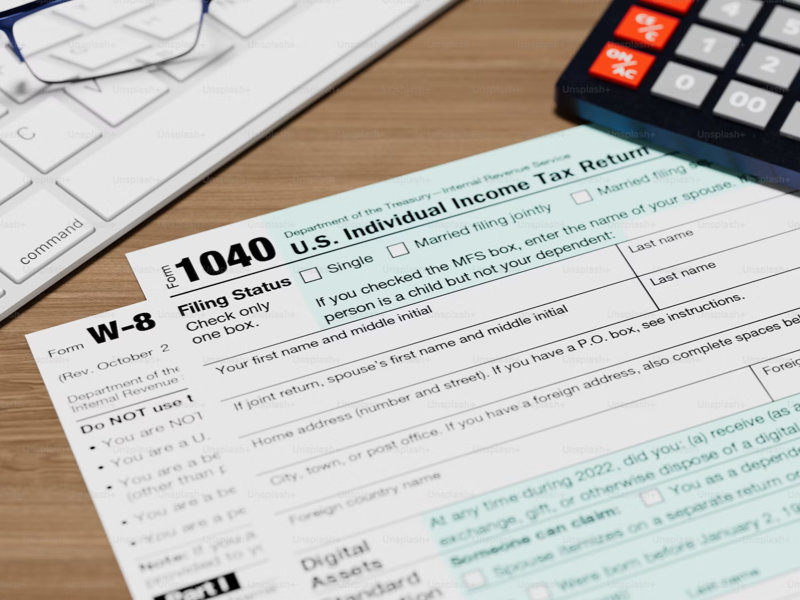Reinvested dividends are one of the most popular ways of growing investment portfolios. It is an attractive option, as investors can easily add to their holdings without making additional cash contributions. As for the question of do you pay taxes on reinvested dividends? the answer is a “Yes, but…” as it depends on the type of dividend income earned.
What are reinvested dividends?
Reinvested dividends are dividends paid out by an investment, and then reinvested instead of taken as cash. DRIP (Dividend Investment Plan) investments commonly work this way. The primary benefit of reinvesting dividends is that it allows investors to generate a higher return on their investments by using compounding to increase their gains.
Tax Implications of Reinvested Dividends
The IRS considers reinvested dividends to be taxable income, even when the money is not received directly. Taxes on reinvested dividends are due the same year that they were earned, regardless of when the dividends are reinvested.
The tax rate that is applied to reinvested dividends depends on the type of income they are derived from and the investor’s income bracket. Dividends that are derived from qualified investments are taxed at a lower rate than those derived from non-qualified investments. Funds based on municipal or state government bonds can pay tax-free dividends to shareholders. Additionally, high-income earners may be subject to a higher tax rate on their reinvested dividends than those in lower income brackets.
How to Calculate Tax on Reinvested Dividends
Calculating taxes on reinvested dividends is relatively simple. First, the investor calculates the total amount of reinvested dividends received for the year, which is found on the investor’s 1099-DIV form. Knowing this figure, the investor uses the appropriate tax rate table to determine the amount of taxes owed.
For example, if an investor earned $10,000 in reinvested dividends and their income falls within the 24% tax bracket, they would owe $2,400 in taxes on those dividends.
What are the Benefits of Reinvested Dividends?
Reinvesting dividends is an excellent way to generate a higher return on investments. This is because the reinvested dividends generate additional earnings, which compound over time. This means that the investor’s return on their investments can increase exponentially.
Additionally, reinvested dividends provide a source of passive income for investors. This makes reinvested dividends attractive to investors who are looking to generate a steady stream of income without having to manage their investments actively.
Conclusion
Reinvested dividends are a great way for investors to generate a higher return on their investments. Remember, you do pay taxes on reinvested dividends. The tax rate applied to reinvested dividends depends on their income type and the investor’s income bracket. Calculate taxes on reinvested dividends by finding the total amount of reinvested dividends received for the year on your 1099-DIV form and then using the appropriate tax rate table to determine the amount of taxes owed.
Read More:
10 Companies That Are Hiring for the Holidays
A Guide to Save With Amazon for Christmas

John is a freelance B2B writer, investor, and blogger. A large part of his writing experience has been as a writer/designer in the training department of a large regional retailer based in Portland, Oregon. He currently resides in the other Vancouver (in Washington state) with his wife and two pet dwarf rabbits.

